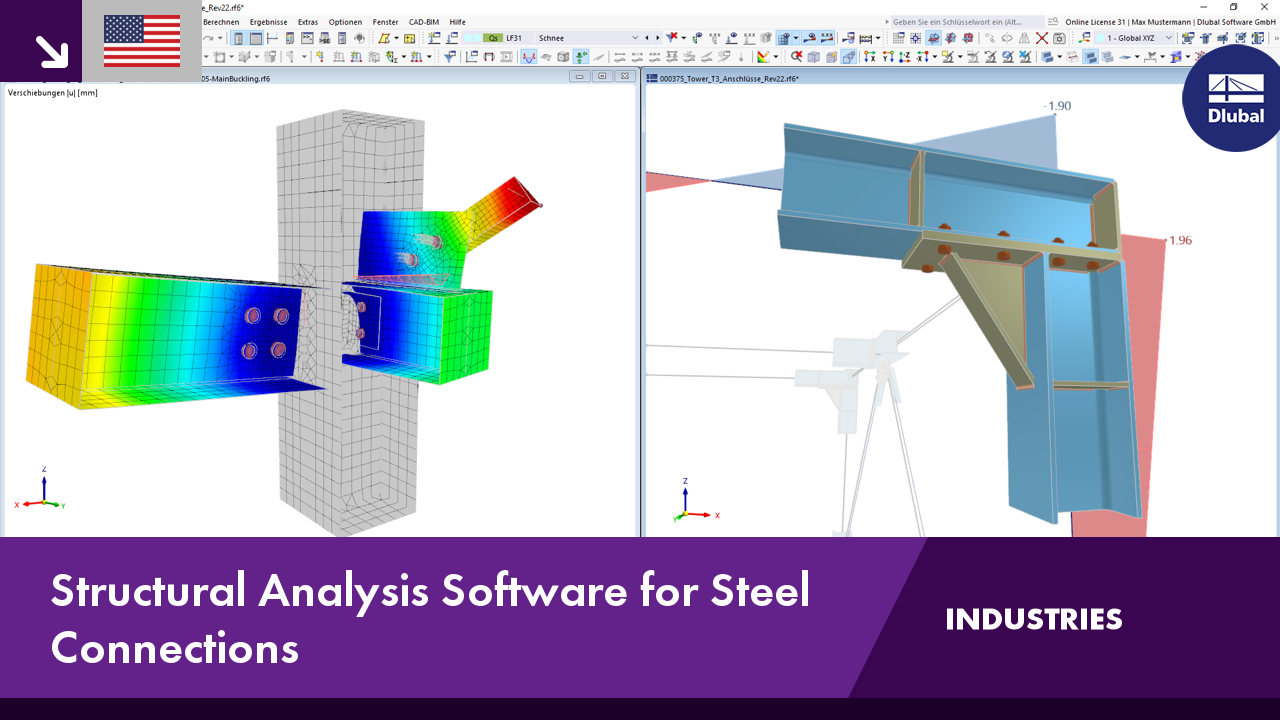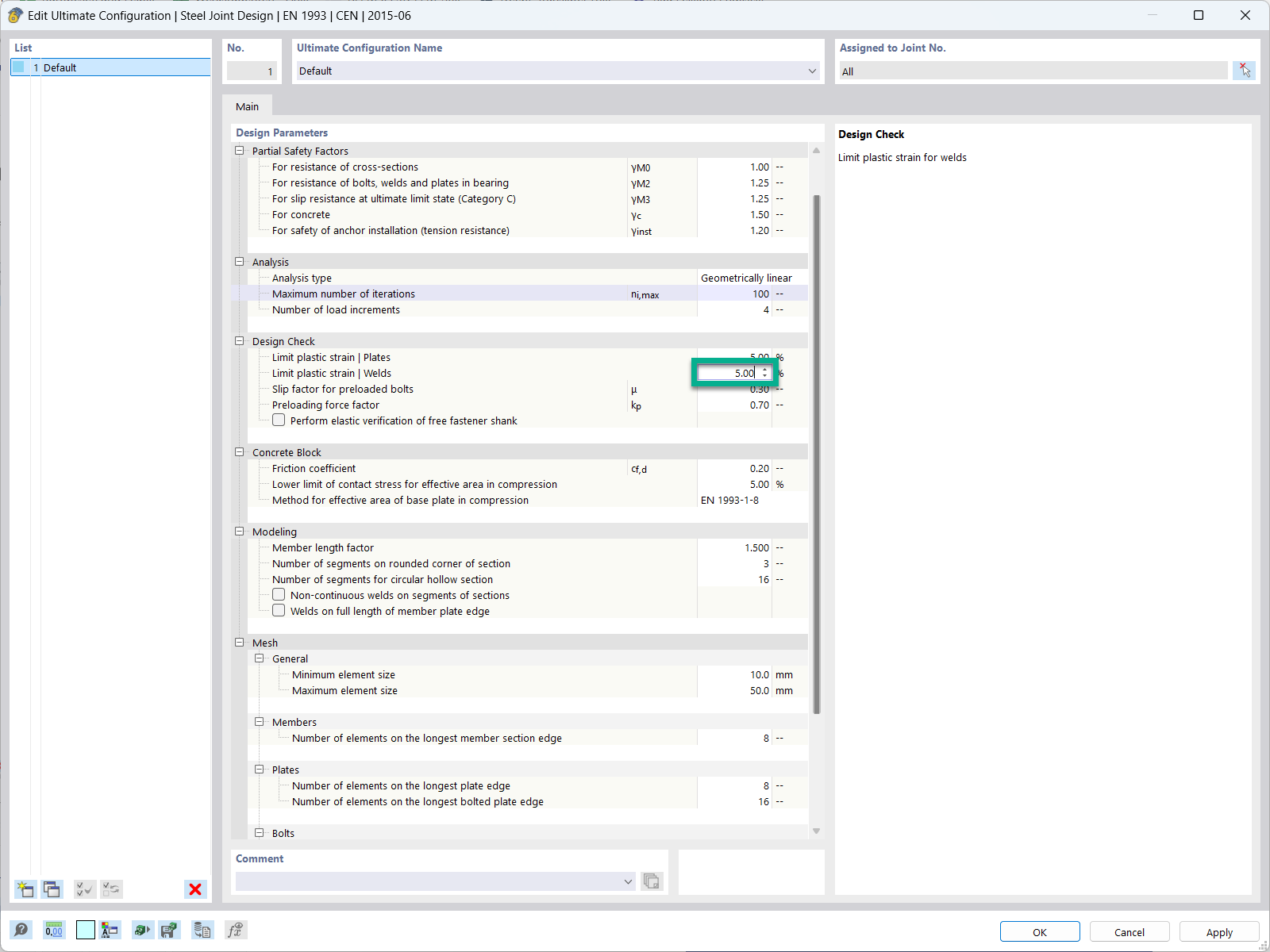The efficiency of a plate structure subjected to compression depends on its shape. For each load distribution, there is an associated optimum shape that transfers the loads to the foundations using as little material as possible.
Since the utilization of a structure usually specifies several load states, we recommend aligning the optimum shape with the main load (permanent load) of the model for purely strategic reasons.
The RFEM program helps you to find these model shapes in conjunction with the RF‑FORM‑FINDING add-on module. The underlying form-finding process shifts the position of the FE mesh nodes in space based on a specified load so that the new position of the elements transfers the load mainly by using the membrane load-bearing capacity. The explicit use of the axial force resistance of members and the membrane force resistance of the surface elements results in constant stress conditions in the cross-sections. This condition with no bending stress utilizes the cross-sections optimally and allows for a very effective structure with minimum material usage.
This process can be applied to both the usual cable and membrane structures consisting of flexible elements under tension, and pressure-loaded rigid beam and shell structures.
To develop an optimum shape of the compression shell in RFEM, proceed as follows:
- Activating the RF-FORM-FINDING add-on module in "General Data", tab "Options"
- Specifying form-finding settings for the structural elements
- Defining the main loading for the form-finding
- Form-finding analysis
The shape finally developed can then be used in RFEM for the structural analysis with regard to the further variable loads.


















.png?mw=350&hash=c6c25b135ffd26af9cd48d77813d2ba5853f936c)































_1.jpg?mw=350&hash=ab2086621f4e50c8c8fb8f3c211a22bc246e0552)




-querkraft-hertha-hurnaus.jpg?mw=350&hash=3306957537863c7a7dc17160e2ced5806b35a7fb)


.png?mw=600&hash=49b6a289915d28aa461360f7308b092631b1446e)










